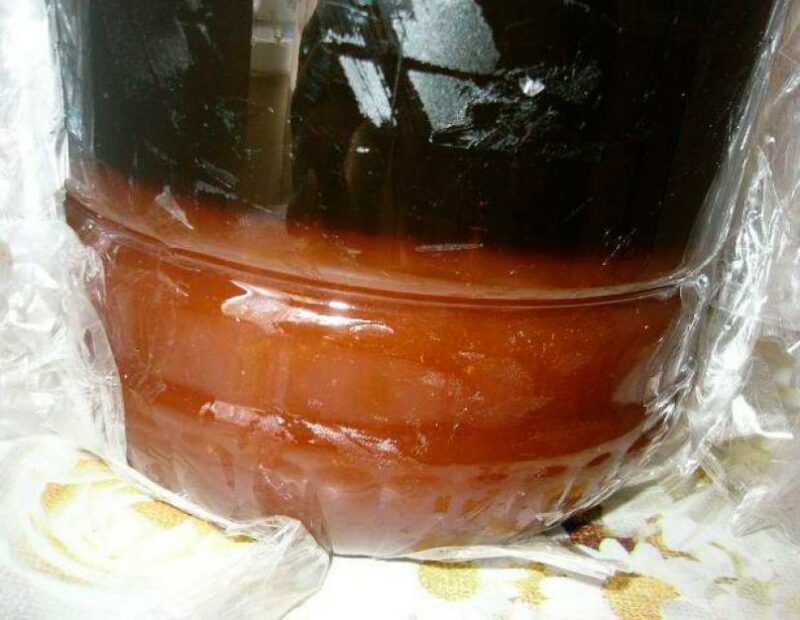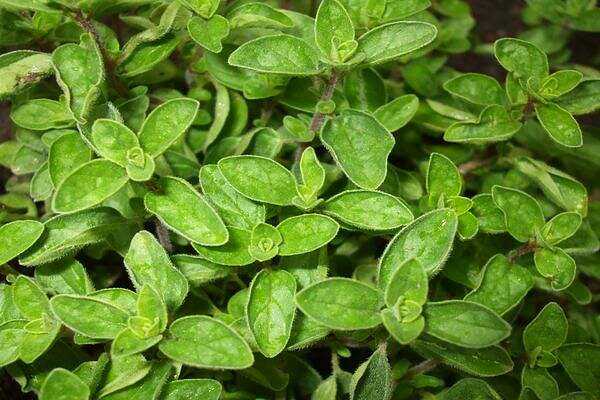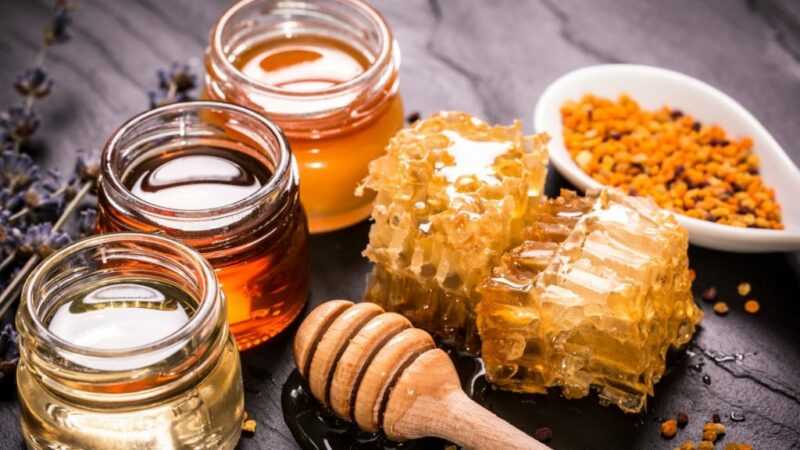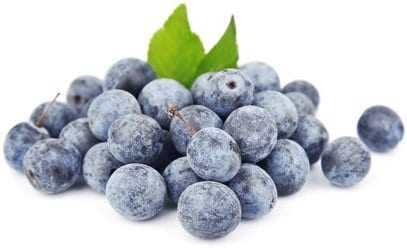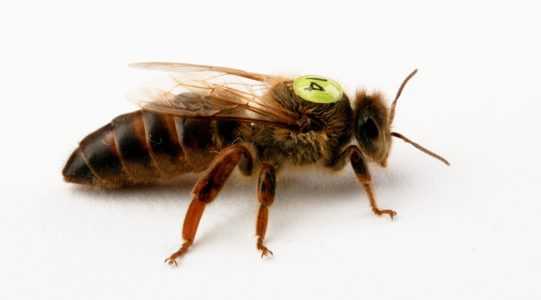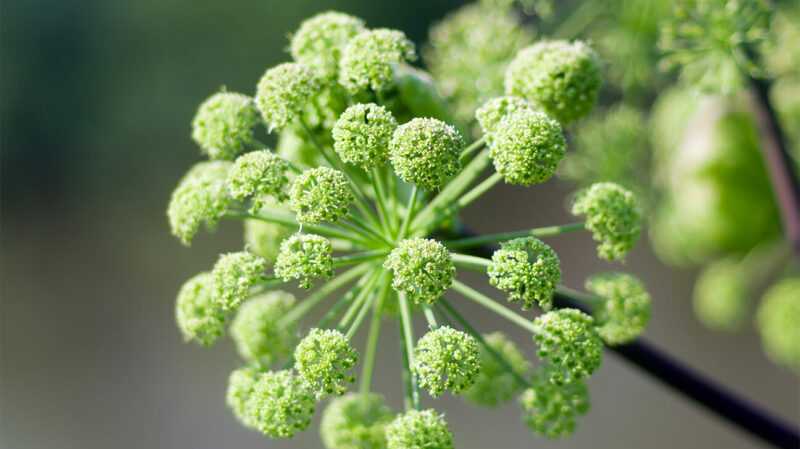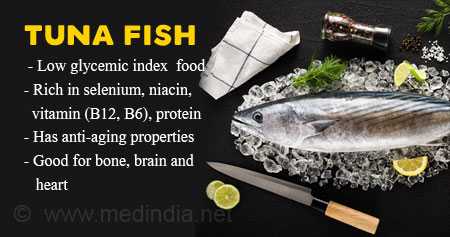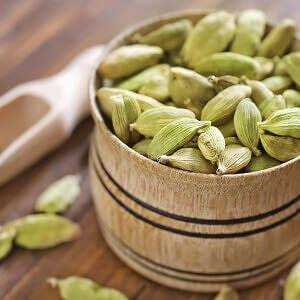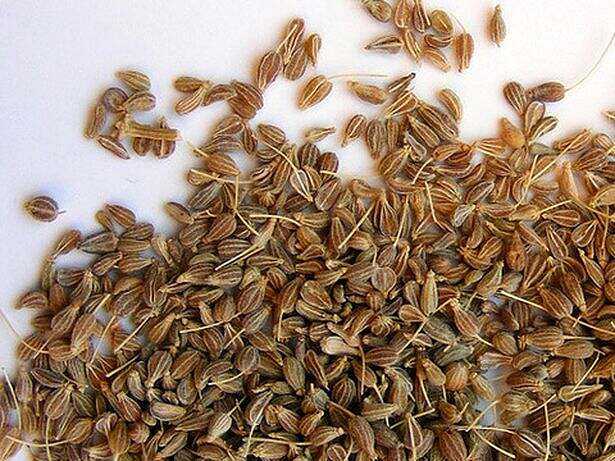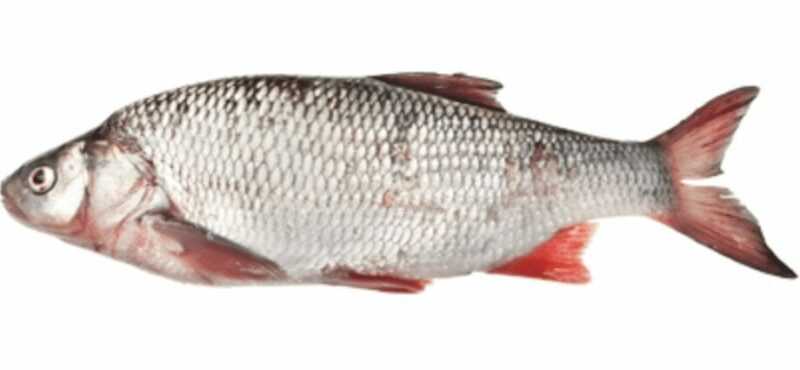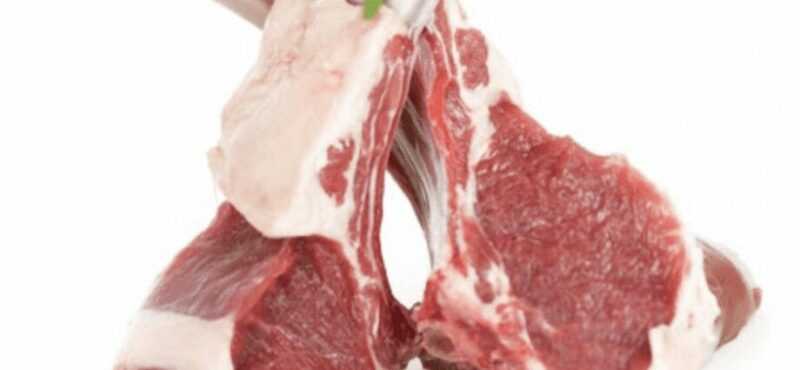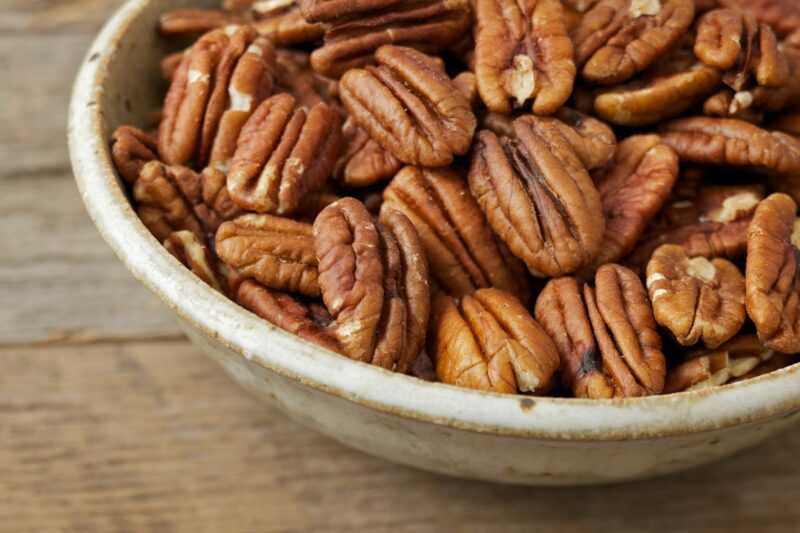General information
Mexican cucumber called chayote – a plant that
belongs to the Pumpkin family. The stems and leaves of the plant are similar
more on a vine. During the season, this vegetable can produce up to 80 fruits that have
pear-shaped. Chayote reaches an average of 11-12 cm in length and
weighs about 600 grams. The skin of the fruit is thin, but strong, possessing
light shine. It is yellow or green and may have
irregularities, small build-ups and longitudinal grooves. White pulp
Mexican cucumber is quite juicy and sweetish. She remotely
resembles the taste of zucchini.
There are several varieties of this cucumber, which among themselves
differ in shape: ovoid, elongated pear-shaped, spherical,
but the most common is pear-shaped. They also differ in color.
fruits that range from dark green to white,
there is also a purple color.
Central America is considered the birthplace of chayote. Today this vegetable
distributed almost all over the world. In the homeland of Chayote, several
its types. In the 1930s. he was brought to Russia, where he took root
in the southern regions, and since then it has been found in vegetable gardens in the region
Russian subtropics, from Krasnodar to the Caucasus.
Fruits, most often not fully ripe, are used stewed, boiled,
baked, raw, added to salads. In addition to fruits in
other parts of the vegetable are also consumed: leaves, seeds with nut
the aftertaste that is eaten roasted, and the young tops of the shoots,
eaten like asparagus.
Chayote also grows edible root tubers weighing up to 10 kg,
which are light yellow to dark green in color. In these
tubers contain a lot of starch,
they taste similar to potatoes, therefore they are used in food almost
also.
The only inedible part of a Mexican cucumber is the stem,
but they do not throw it away either – after processing beautiful ones are obtained from them
silvery fibers that are used for weaving hats,
boxes and other things.
How to choose
It is advised to use young fruits with a shiny peel for food,
as an overripe vegetable will be tough. You can buy chayote from June
until the end of October.
In addition, you can find canned and pickled
fruit.
How to store
Chayote can be stored for up to a month at a temperature of about + 10˚С. IN
vacuum packed in the refrigerator they can be stored the whole winter.
In cooking
Different parts of the vegetable are used in different ways. Young shoots of chayote
boiled like asparagus, in salted water, and then used for
soups, side dishes and salads. Roots can be boiled, but only while chayote
young. In the future, they are more often used as livestock feed. Green
the leaves can be a good ingredient in sauté or vegetable stews.
Chayote tastes a bit like potatoes
because the methods of its preparation are similar to classic recipes
potato dishes. On the other hand, due to the fact that this vegetable is common
mainly in countries with a different culinary culture, there are
and original recipes for its use. For example, tender pulp
Grated chayota often becomes the basis for various soups.
The fruits are not eaten raw: unlike ordinary cucumbers, they are tougher.
But in any other form, this vegetable is great, as it has a pleasant
nutty taste. Dishes such as soup made from
chayota, stewed vegetable stuffed with rice, meat or cottage cheese, boiled
shoots, soufflés, desserts with chocolate and honey. Interesting and sauce, in
which contains chayote, onion, eggplant and tomato. And fried shoots
like mushroom lovers – they have a similar taste.
One of the most popular recipes: peeled boiled
the chayote is cut, butter is added and served hot. This vegetable is good
combined with tomatoes, eggplants, it turns out delicious
mashed potatoes served as a side dish.
There are many different combinations of chayote with other foods: for a reason
own neutral taste, it goes well with many
vegetables. Traditional Mexican spices are added to such dishes,
such as cayenne pepper or tabasco. Large amount of oil
helps to soften the sharpness of spices and enhance the juiciness of the overall taste,
which chayote gives.
Combinations of Mexican cucumber with fruit are also unusual. For example,
it is used along with cinnamon and apples
in pies – in this combination, chayote also becomes sweet.
The fruit contains a lot of starch, so flour is often made from it.
Among other things, chayote can be pickled and canned.
Good fruits are chosen for preservation without any damage,
dipped in cool water, in which they dilute a little lemon
acid. If the fruits are too large, then they must be cut. IN
jars are folded in layers (a layer of chayote – a layer of spices, and so on).
Garlic, dill greens, horseradish leaves are used as seasonings,
black pepper, parsley roots. Then the vegetables are poured with brine (for
liter of boiled cooled water – 80 grams of salt), cover the jars
lids, after which they are left for 2 weeks. Once in the banks
fermentation will stop, they are tightened with sealed lids.
In Asia, chayote is considered an indispensable ingredient in many hot
or vegetable salads. And in Mexico and Africa, its pulp is added
in baked goods.
Useful properties of chayote
Composition and presence of nutrients
Fresh chayote contains (in 100 g):
Calories 19 Kcal
Vitamin
B4 9,2 Potassium, K 125 Vitamin C 7,7 Phosphorus,
P 18 Vitamin
B3 0,47 Calcium, Ca 17 Vitamin B5 0,249 Magnesium, Mg 12 Vitamin E 0,12 Sodium,
On 2
Full composition
Chayote contains 17 amino acids,
including essential – arginine, leucine, valine, threonine, lysine, histadine,
methionine, tryptophan, phenylalanine.
The chemical composition of edible chayote contains polyunsaturated
fatty acids, proteins, carbohydrates, fiber, sugar, carotene, starch,
vitamins of group B, C, PP, various minerals, including
there are potassium, magnesium, calcium, sodium, zinc, iron, phosphorus.
Useful and healing properties
The benefits of Mexican cucumber are appreciated by traditional medicine. His leaves
have a good diuretic effect, because a decoction of them is used
with
swelling, urolithiasis.
Tubers are used in the treatment of atherosclerosis and help reduce
pressure. They are also used fried or boiled for colds.
diseases, as they are rich in vitamin C and have diaphoretic
properties.
Chayote fruit can be consumed when treating diseases
thyroid gland, with ulcers, hemorrhoids, pancreatitis
and constipation. It is advisable to use Mexican cucumber for diseases
of cardio-vascular system. Fruits are able to increase blood pressure, remove
cholesterol and kidney stones.
The beneficial properties of this vegetable are also known in gynecological practice.
Means from chayote are taken for neoplasms in the mammary glands
and mastopathy, fibroids,
fibromas and cancer of the uterus, with prostatitis and adenoma in men. Chayote
recommended as a means for the prevention of cancer, used
after cancer patients undergo a prescribed course of chemotherapy.
The lysine contained in the Mexican cucumber limits the food
the value of almost all vegetable proteins, promotes recovery,
the growth of collagen fibers and tissues, takes part in the production
enzymes, hormones, antibodies, controls nitrogen balance, reduces
the likelihood of herpes and contributes to a decrease in the level in
blood triglycerides.
American nutritionists have established that chayote is a low-calorie product,
which can be used for the purpose of losing weight, solving problems with cellulite
and obesity.
Dangerous properties of chayote
Chayote can only cause harm if you are hypersensitive.
No other contraindications were found for this vegetable.
Want to see how chayote is grown?

